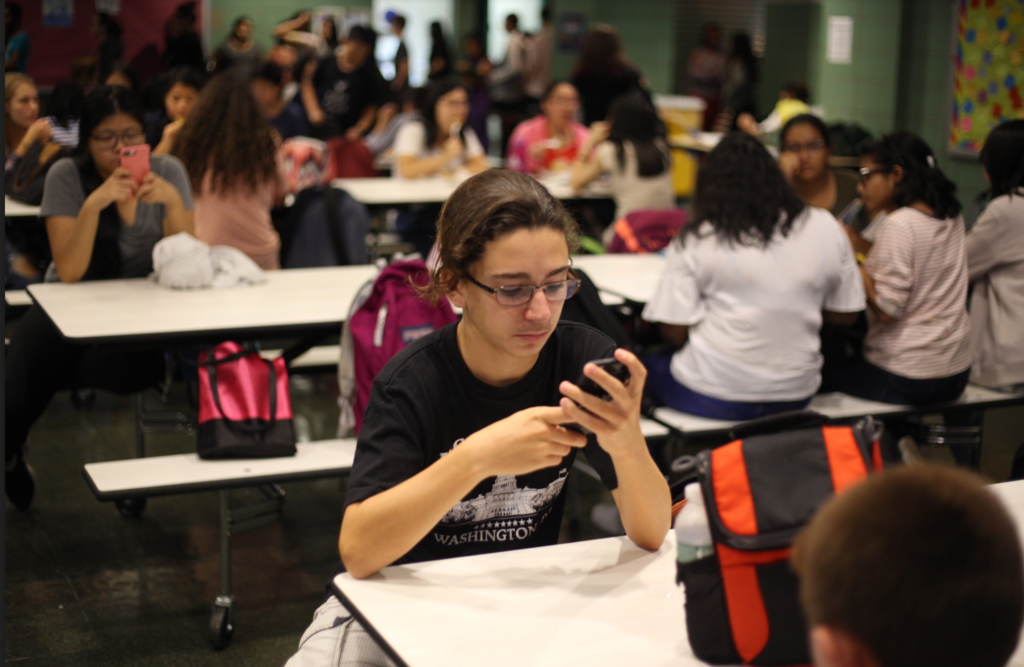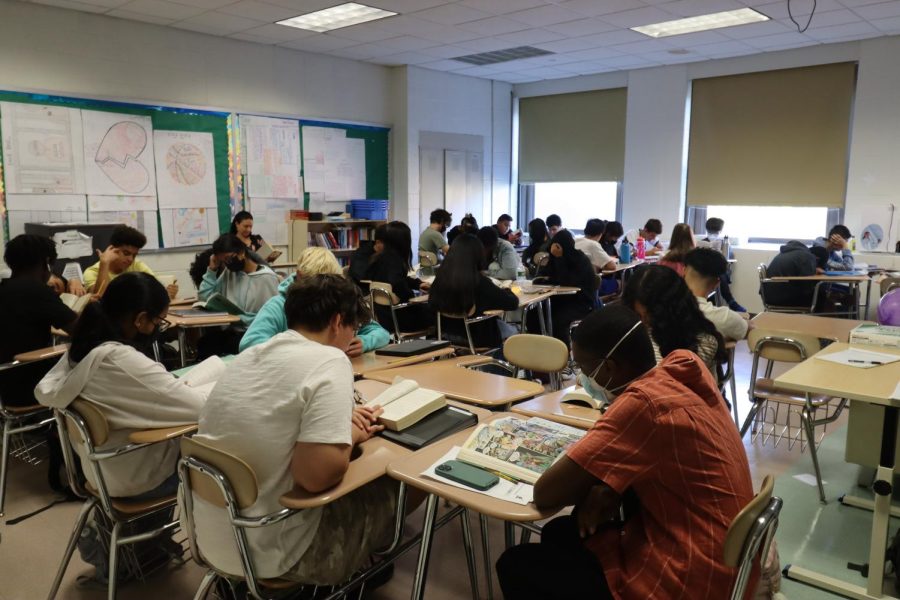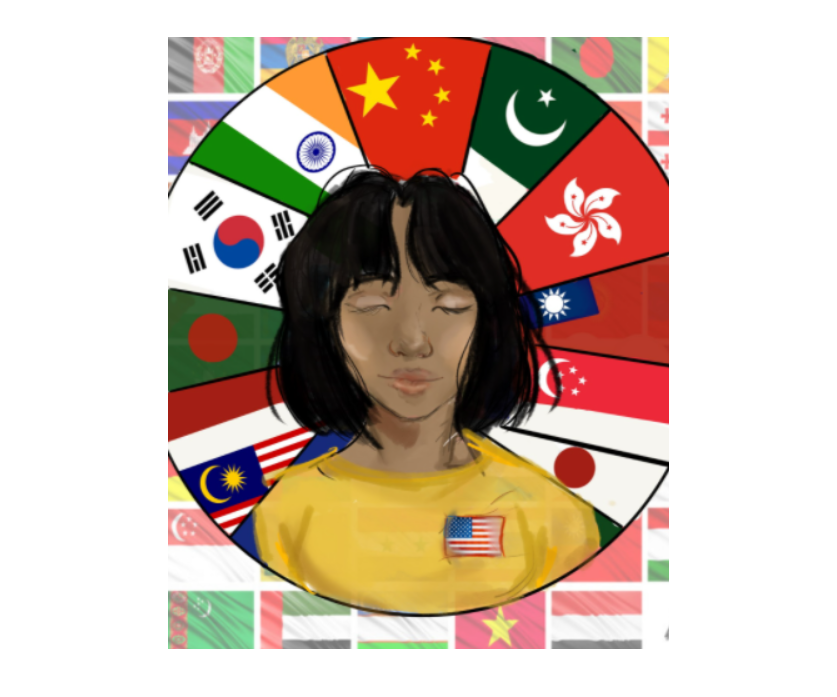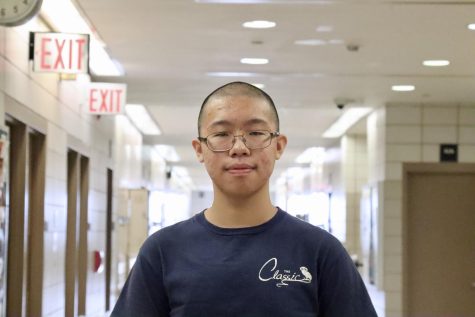
Terror. Anguish. Fear. Asian-American racism has been on the rise in the last year since the pandemic, affecting many in the school community. But amid these events, change can start now. Here are some top picks of books that shed light on racism towards Asian-Americans through history.
DragonWings by Laurence Yep
DragonWings is a phenomenal story that highlights the struggles of Chinese immigrants in America. Moon Shadow reunites with his father, Windrider, in San Francisco, and together they adjust to life working in a laundromat, where they face racism and sinophobia. However, when a dangerous earthquake destroys everything they have known, an old dream of Windrider’s is rekindled—flight. The book combines Chinese culture and the historical events of the Earthquake of 1906, leaving a remarkable imprint on many readers like Sophomore Joyce Ke. She said DragonWings portrays a similar experience that many Chinese immigrants have when they come to America, raising awareness of problems that “people on the net would debate.”
The Proudest Blue: A Story of Hijab and Family by Ibtihaj Muhammad, S.K. Ali
Two Muslim girls, Faizah and Asiya, experience discrimination on their very first day of school, when the other students are not familiar with the hijab that Asiya is wearing. One kid even tries to pull the hijab off, calling it a “tablecloth.” Although a children’s literature book, The Proudest Blue: A Story of Hijab and Family teaches the power of family and encourages readers to feel proud in their own skin. The most important lesson, however, is to accept each other’s differences and to appreciate them.
America Is Not In The Heart by Elaine Castillo
This masterpiece covers the class stratifications, civil strife, and social strife that Filipino-Americans face in the United States. The main character, Hero de Vera, is an immigrant from the Philippines who describes the violent political past of her native country. Like other immigrants, she bears the American dream seeking a new life with new relationships and new wishes. Castillo’s novel details the influence of many kinds of cultures and races. As seen in the title of the novel, the author implies that in Hero’s world, there is no utopia. There is both poverty and inequality. In spite of this, Castillo hopes to use this piece of literature and open up the gates to an America that welcomes everyone around the world.
The Making of Asia-America by Erika Lee
A nonfiction piece, The Making of Asia-America highlights the history of Asian-Americans within the country all the way back from the 1500s to modern times. Lee writes about the history swept away as time passed. Since the first Asian immigrants, Asian-Americans have continuously shaped the country in countless ways. Many well-known advancements, such as the Transcontinental Railroad, were constructed by the hands of Chinese men themselves. Now, Asian immigrants are labeled as racial and economic threats to the United States. Before a “despised minority,” Asians now bear the title of the “model minority,” further complicating the role of the race in America. Lee portrays the Asian racism symbolized in internment camps, exclusion laws, and hate crimes. Simply put, The Making of Asia-America is a breath-taking non-fiction novel that contrasts the struggles of Asian-Americans and the notions of who Asian-Americans are.
They Called Us Enemy by George Takei
Written by George Takei, a former Star Trek star turned activist and social media advocate, They Called Us Enemy chronicles Takei’s experience in the Japanese internment camps during World War II. Takei and his mother are Japanese-American while his father is a long time U.S. citizen. Despite this, Takei and his family were among the hundreds of Japanese-Americans herded into internment camps from Arkansas to California. Exposing the brutality and twisted nature of the internment camps, Takei recounts the struggle his parents faced after refusing to comply with signing away all allegiance to Japan and the Japanese emperor. This represents a larger powerful message of the book—being American does not mean dropping the rest of your identity and losing faith in what America represents is different from doubting the cruelty and mistakes of its systems. This work, as Takei himself said, is still incredibly relevant given the imprisonment and inhumane treatment of migrants both in the United States and throughout the world.
All You Can Ever Know by Nicole Chung
In this enrapturing memoir, Nicole Chung tells the story of her adoption from her immigrant Korean parents by a white family in a small Oregon town, as well as struggles with racism and her search for the people who gave her up. When she was a child, Chung was told a fairy-tale-like, neat version of her adoption story, believing that her biological parents had made the greatest sacrifice for her own good. However, as she grows older, she begins to doubt the truth of this story, culminating in her search for her origins just before the birth of her own child. When Chung finally gets to meet her biological sister, the book takes on an even deeper and more heartfelt core that resonates with the emphasis on family and finding one’s place in the world. Portraying the inner conflict over her adoption, Chung also highlights the racism she faced alone in her small, isolated community.
On Earth, We’re Briefly Gorgeous by Ocean Vuong
This story is written in the form of letters, from a young Vietnamese man, Little Dog, to his single mother, who can’t read. These letters recount the history of Little Dog’s family’s struggle with racism after the Vietnam War and his own struggle with his sexuality. On Earth, We’re Briefly Gorgeous is based on both racism and LGBTQ+ struggles. English teacher Brian Brewer, who recommended this book, said that the book “highlights the economic and emotional challenges facing refugees in America and the generational challenges that can arise in immigrant families.”
American Born Chinese by Gene Luen Yang
American Born Chinese tells three different stories: a retelling of the Monkey King myth, a new Chinese kid in a neighborhood called Jin Wang trying to fit in, and the personification of the Asian Stereotype: Chin Kee. Readers get a glimpse of three vastly different characters who are unexpectedly related to one another in this graphic novel. One scene that stands out is when a girl breaks down due to being called a ‘ch*nk” in school, which connects to the many verbal attacks heard today. “This book brings awareness to different examples of cultural appropriation and expectations similar to the current day problems of Asian-Americans receiving harsh treatment because of the pandemic’s origin,” said English teacher Sarah Levine.
If you are someone who is looking to broaden your knowledge on the topic of Asian-American racism, we highly recommend the works discussed above. As the youth of this day, we are responsible for paving a new path for the country to advance with an anti-racist mindset. Whether it is for personal leisure or development, it is worth taking the time to read any of these books and begin to work towards solutions.
Art by Amelia Harrington






























